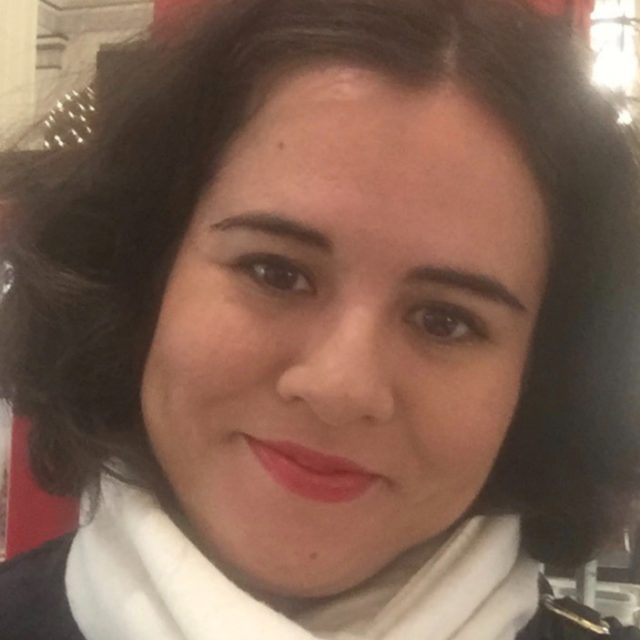As the dust settles on the great media internet disruption of the last 20 years, David Plotz is ready with an answer even before the interview has begun.
“No, I don’t think the media is broken!” the former editor-in-chief of Slate and the current CEO of Atlas Obscura said.
The publication, which began as a crowdsourced atlas of weird places in the world, has been increasing its editorial output in the last two years. Founded in 2009 by Joshua Foer and Dylan Thuras, the company hired Plotz away from Slate in late 2014. Since then, monthly unique visitors to the site have increased from 600,000 to more than 5 million, according to Plotz.
And while the site is selling ads to be placed in front of all those users, Atlas Obscura is doing something significantly different. The site is offering group trips and events to interesting places around the country and world. Its Explore Cuba with Atlas Obscura trip sold out all four times it was offered. Upcoming trips include Journey into Darkness: Iceland (four days, $2,699) and Expedition Amazon (seven days, $4,250). Other events across the U.S. appeal to the more budget-conscious. History Worth Its Salt, an exploration of the, um, history of salt, in Washington, D.C., costs $30.
The money these events and trips generate has diversified Atlas Obscura’s revenue in a big way. Ads, while still the biggest revenue source, now make up less than 50 percent of the company’s income.
Join us in Chicago Thursday for a rare demonstration of the Mighty Wurlitzer Pipe Organ of the Chicago Theatre!https://t.co/6svi0l87Sv pic.twitter.com/uBsPnxUWUC
— Atlas Obscura (@atlasobscura) January 24, 2017
That’s pretty new and pretty different from how the rest of the industry makes money. Nearly $60 billion was spent on digital advertising in 2015, but 65 percent of that went to just five companies (Facebook, Google, Twitter, Yahoo and Verizon). According to the Pew Center, “This robust digital advertising market has not lifted most news publishers — even digitally native ones — out of a place of financial uncertainty, as competition for those ad dollars and the rise of consumer ad-blocking poses challenges to their digital business models.”
We're tiny compared to almost everything you’ve heard of, but this idea of diversity of revenue streams and focus on community is something other media companies aspire to.
The way Plotz sees the publishing market breaking down is that there are a couple of types of businesses. There are the massive media companies which pump out the ‘tent to feed their vast internet audiences (Huffington Post, TIME, Inc.) and there are the media-as-startup publishers which have some competitive advantage (BuzzFeed with distribution on social media or Medium with its own platform).
“Then there’s this whole other ‘everybody else,’ which is, like, fucked,” Plotz said. “That’s the mid-sized publisher which is publishing editorial content which has a very high cost structure and has limited audience.” Think local newspapers.
But there is a final model, which is a kind of niche publication with a strong relationship to its community (which is the model Technical.ly has long subscribed to, albeit on a smaller scale).
“These have the ability to harvest a diversity of revenues, and these are places like National Geographic, The Atlantic, The New Yorker and little places like us,” Plotz said. “But we’re gonna be big.”
I'd love to read a deep dive into Atlas Obscura's business and growth (event revenue + native ads + UGC/Editorial + social/search referrals)
— Noah Chestnut (@noahchestnut) October 3, 2016
It is the extra value add of events like the New Yorker Festival (or Philly Tech Week) that get readers to separate themselves from their money much more so than by having a subscription model, something that has found only little traction in the world of digital media. It seems to be working. Other media companies are taking note.
“I go out and try to raise money in Atlas and it is clear to me that media companies look at what we’re doing and think, ‘That’s interesting,'” Plotz said. “We’re tiny compared to almost everything you’ve heard of, but this idea of diversity of revenue streams and focus on community is something other media companies aspire to.”
Something’s gotta give in media. It does cost money to produce editorial content and if digital ads pay only pennies on the dollar to what the print ads that ran before them once did, then large swaths of the media are on borrowed time. The scramble to find new ways to get readers to pay for content looks like it will have to go beyond just asking them to pay for it straight up, and include other kinds of value, whether that’s the chance to meet each other, the chance to hear some cool new ideas from smart people, or the chance to travel to the Amazon in a fully-planned trip. It depends on the audience but new ideas in this realm are needed, and Atlas Obscura is among the brands leading the way.
Before you go...
Please consider supporting Technical.ly to keep our independent journalism strong. Unlike most business-focused media outlets, we don’t have a paywall. Instead, we count on your personal and organizational support.
Join our growing Slack community
Join 5,000 tech professionals and entrepreneurs in our community Slack today!
